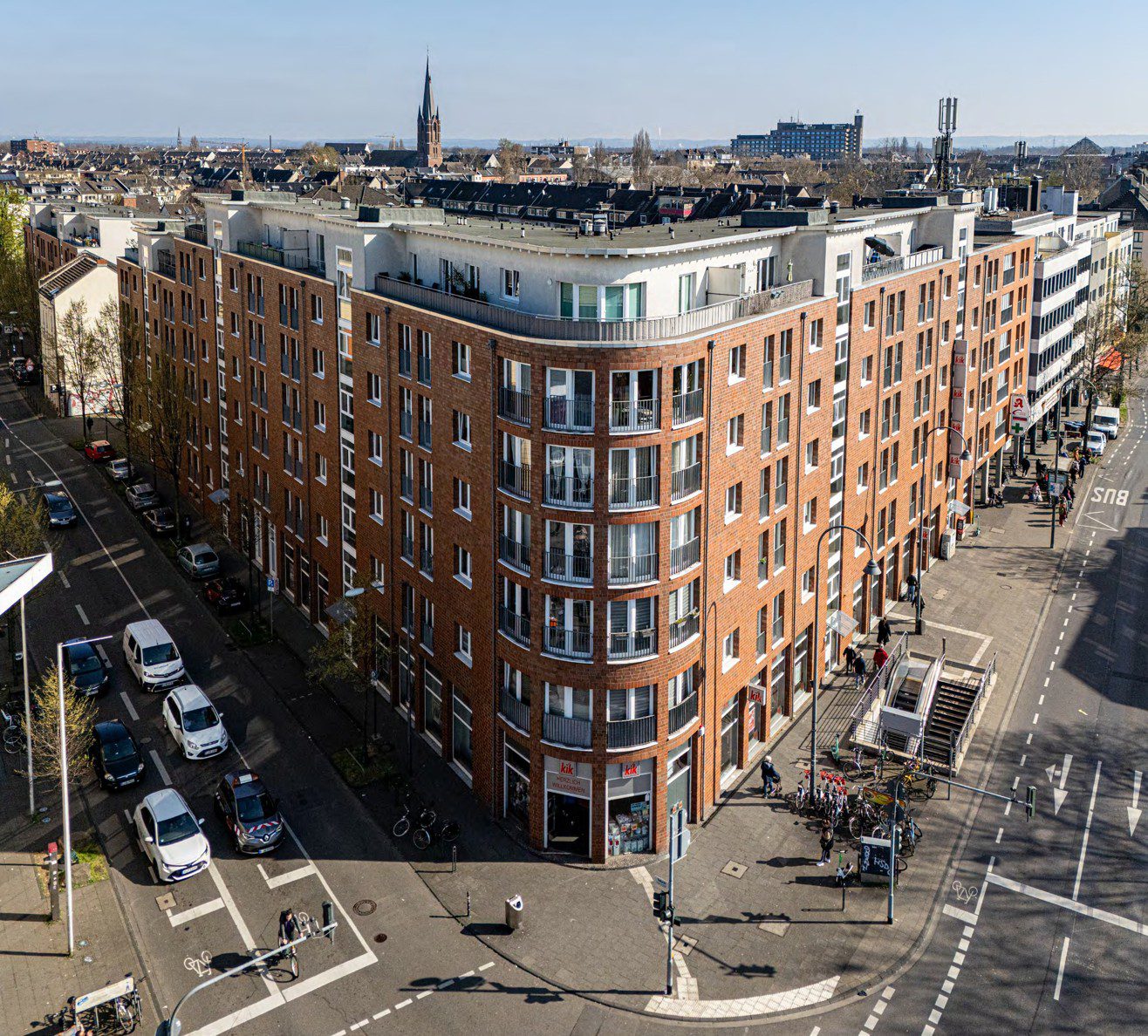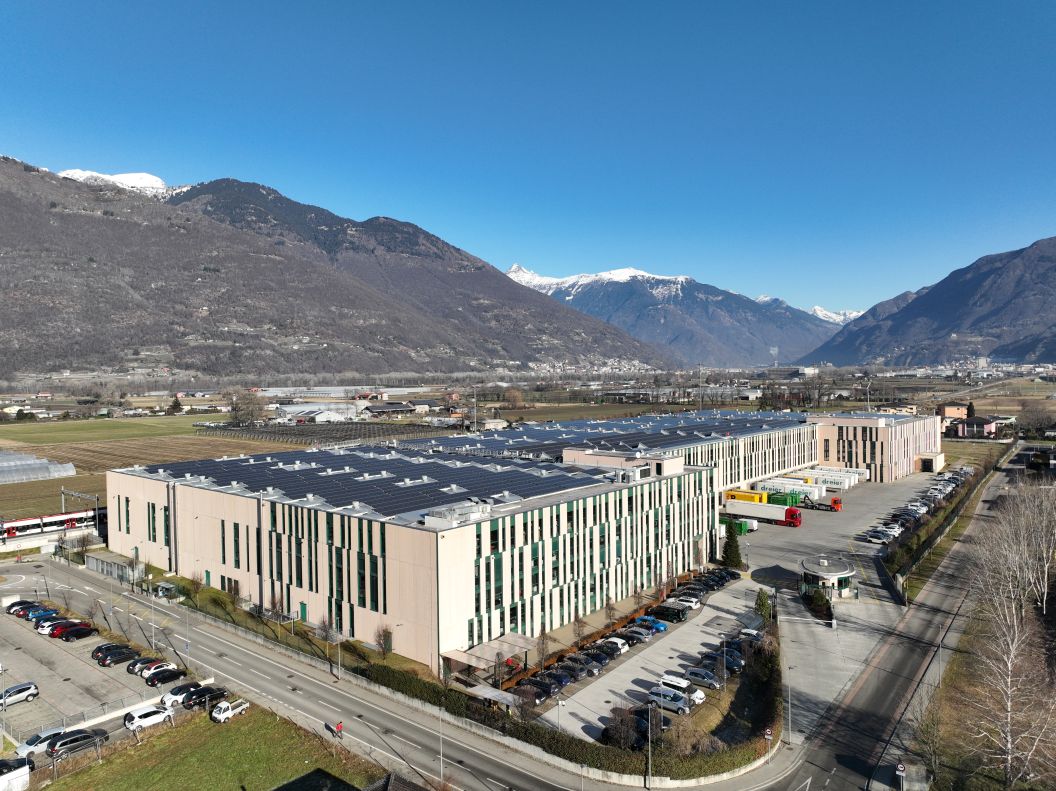‘Turning point in the institutional real estate market’
Chapter 1 of the 6-part series “REAL ESTATE STRATEGY 2025+: REVITALIZATION, REPOSITIONING, SECURING THE FUTURE”
The framework conditions for institutional real estate investors have changed drastically in recent years. Once valued as stable and high-yield investments, real estate portfolios now face a variety of challenges. Increased interest rates, stricter ESG requirements and changing demand structures are shaping the new reality. Many real estate portfolios have to adapt in order to remain stable in value and affordable in the long term. The classic buy-and-hold model is reaching its limits, and active asset management plays a central role.
In the first chapter, we analyze the central drivers of these changes and show why “business as usual” is not an option.
The solution lies in active asset management: repositioning of existing properties and targeted portfolio transformation can help institutional investors to reduce risks and take advantage of opportunities.
Devaluations, ESG pressures, changing demand structures – where will we be in 2025?
- Devaluations and market uncertainties The European real estate industry is showing cautious optimism. According to PwC’s “Emerging Trends in Real Estate: Europe 2025” report, over 80% of respondents expect business confidence and profitability in the industry to remain stable or increase. Nevertheless, a sustainable upswing is not predicted for another three to five years, due to geopolitical and economic uncertainties.
At the same time, interest rates continue to put real estate values under pressure. The yield mark of 3% is not so far away for the ten-year German government bond – a level last reached in autumn 2023. In the middle of the week, the current interest rate on the ten-year Bund was 2.74% on the secondary market. The German Finance Agency also topped up the ten-year German government bond with a coupon of 2.50% just a few days ago, with the paper even being placed with an average yield of 2.92% at the time – a significant increase from the 2.52% at the last auction on February 19, 2025 (Börsen-Zeitung).
This development makes risk-free government bonds more attractive to investors again and increases pressure on real estate values, as higher risk-adjusted yields are needed to remain competitive.
In addition, it is important to closely monitor developments around open-ended real estate funds. If there is a fundamental change in the risk classification as a result of the ZBI ruling, a new crisis could arise in this product segment. The Nuremberg-Fürth Regional Court recently ruled that UniImmo Wohnen ZBI’s risk classification was flawed after the fund was devalued by 16.7% in one day in June 2024 due to a revaluation of its properties. If this ruling results in an industry reassessment of open-ended real estate funds, there is a risk of further liquidity bottlenecks and possible outflows of funds. Union Investment has appealed, but uncertainty remains.
- ESG pressure and regulatory requirements Sustainability has become a key factor in the real estate industry. Regulatory initiatives such as the EU Action Plan on Financing Sustainable Growth call for the integration of ESG (Environmental, Social, Governance) criteria into investment strategies. Companies that consistently implement ESG criteria become more attractive to investors, tenants and buyers, while properties that do not meet these requirements lose value and demand.
- Changed demand structures The pandemic has permanently changed user behaviour. The demand for flexible working models and home office options has redefined the requirements for office space and led to increased segmentation. One group of tenants prefers modern, flexible and ESG-compliant space, which leads to increased demand for such properties, especially in central locations. Other tenants, on the other hand, have become (even) more price-sensitive as a result of the recession, pay little attention to ESG aspects and are only looking for functional workspace.
Why “business as usual” is not an option: Opportunities through active management
In view of these challenges, passive management of real estate portfolios is no longer a viable strategy. Active asset management offers the opportunity to maintain or increase the value of real estate through targeted measures such as ESG optimisation and flexible utilisation concepts. Companies that act proactively can not only mitigate risks, but also take advantage of new opportunities and strengthen their competitiveness.
The role of repositioning and targeted portfolio shift
-
-
- Repositioning of existing properties – Successful repositioning begins with a well-founded inventory: Which space is sublet, which tenant needs are no longer met, which ESG criteria are not met? As a result, a property-specific strategy is required that includes both structural measures and conceptual changes.
These include, but are not limited to:
- the energetic and technical upgrade to meet ESG requirements,
the redesign of the space layout, e.g. to enable flexible use (co-working, mixed use, etc.), - a targeted rebranding or repositioning in the market that appeals to new user groups,
- the development of a demand-oriented marketing concept that addresses new target groups,
as well as a recalculation of CapEx requirements in relation to long-term value stability.Successful repositioning cannot be limited to cosmetic measures. It requires a holistic understanding of market trends, user requirements and regulatory requirements – and their consistent implementation. The concrete strategic approaches and steps are discussed in more detail in the following chapters.
- the energetic and technical upgrade to meet ESG requirements,
- Repositioning of existing properties – Successful repositioning begins with a well-founded inventory: Which space is sublet, which tenant needs are no longer met, which ESG criteria are not met? As a result, a property-specific strategy is required that includes both structural measures and conceptual changes.
-
- Targeted portfolio shift – In addition to optimizing existing properties, investors should strategically realign their portfolios. The targeted addition of future-proof asset classes, such as life science real estate or rent-controlled residential projects, can increase the resilience of the portfolio. In addition, robust B-cities also offer a risk buffer, as they are driven more by local than global demand. This portfolio shift makes it possible to benefit from growth segments and better diversify risks. A pure focus on (supposed) core office properties with long-term leases is not promising: even the longest lease expires at some point.
Result
The real estate industry is facing far-reaching changes in 2025. Devaluations, interest rate uncertainties, ESG pressures and changing demand structures require a rethink of investment strategy. “Business as usual” is not an option. Through active management, repositioning and a targeted portfolio shift, institutional investors can future-proof their portfolios and continue to operate successfully in the market.
In the following chapters, we show what these strategies can look like in concrete terms – from a well-founded analysis of the current situation to ESG-compliant restructurings and the targeted addition of promising asset classes. The goal: to make institutional real estate portfolios fit for the future.
Sources
1st https://www.pwc.de/de/real-estate/emerging-trends-in-real-estate.html
2. https://www.boersen-zeitung.de/banken-finanzen/union-investment-geht-gegen-zbi-urteil-in-berufung
3. https://www.boersen-zeitung.de/kapitalmaerkte/am-bondmarkt-stehen-die-zeichen-auf-renditeanstieg





















